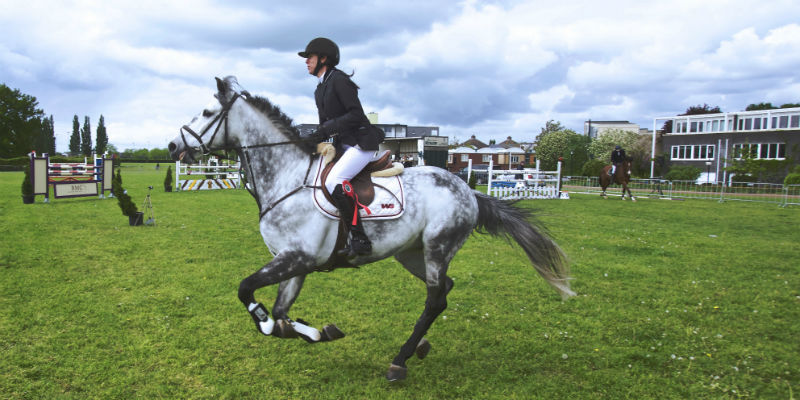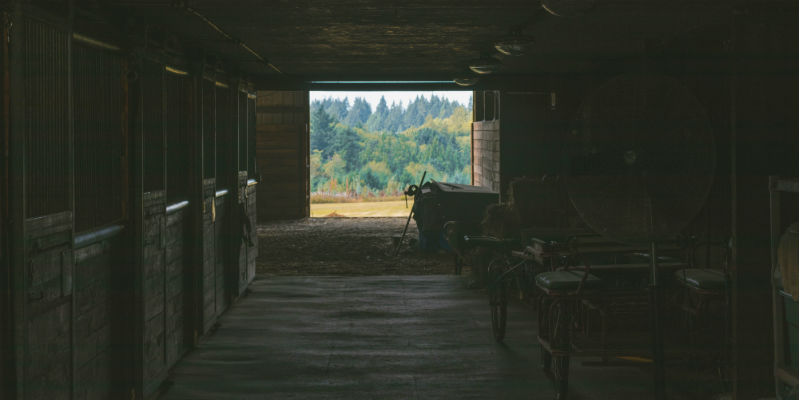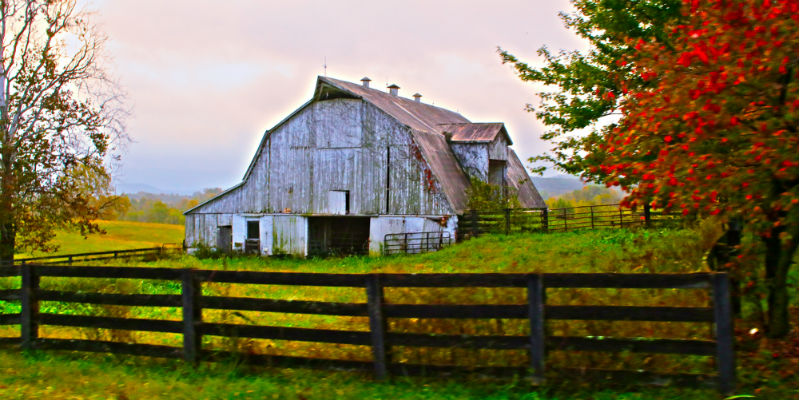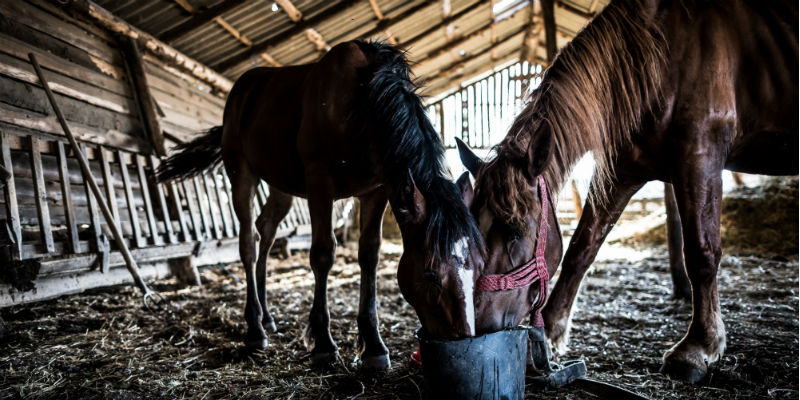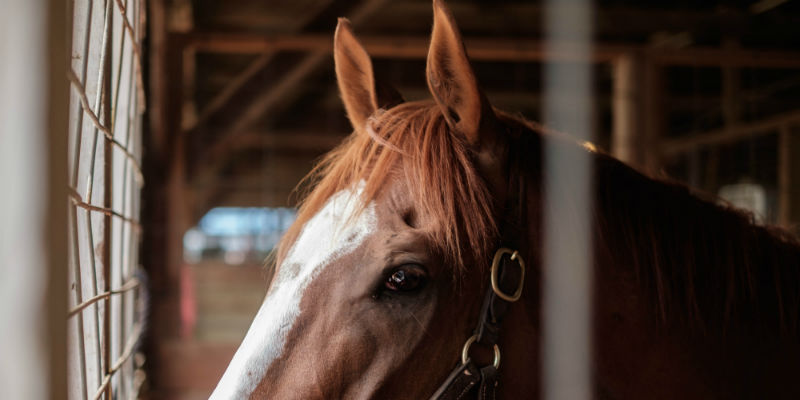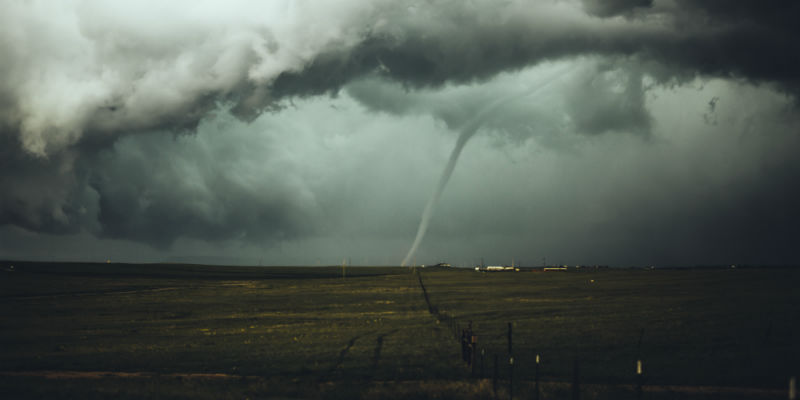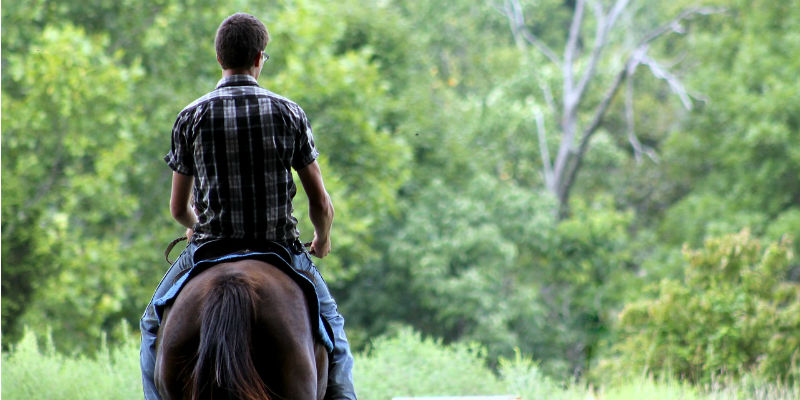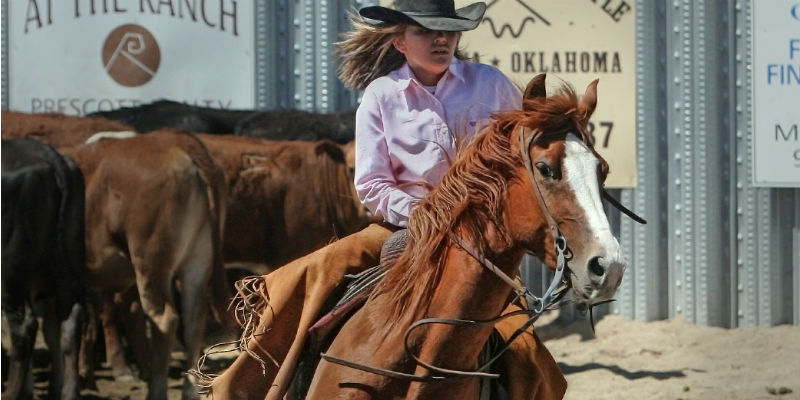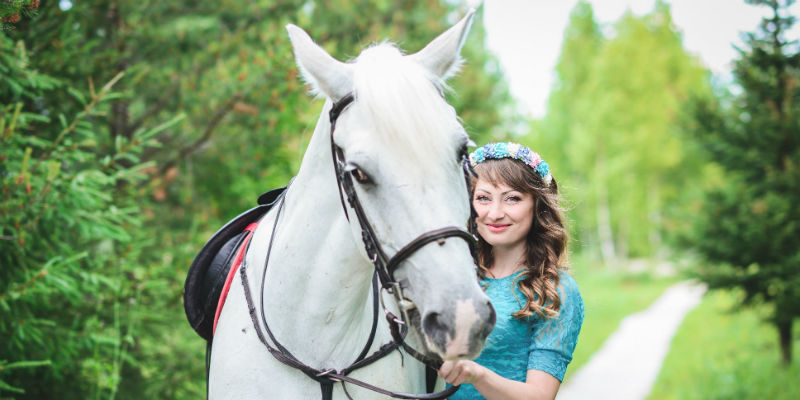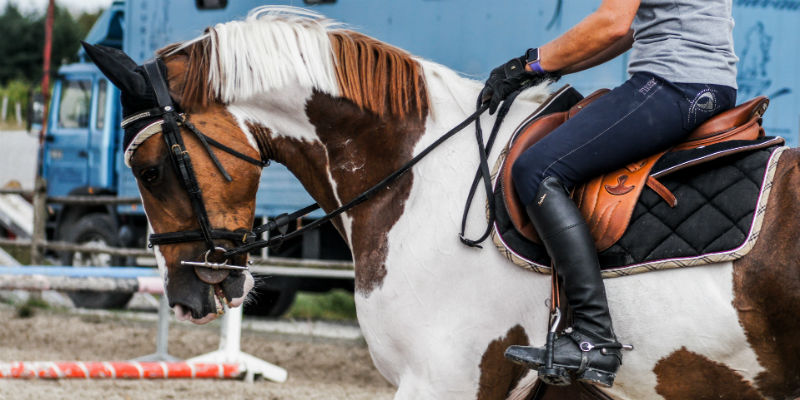Your Dressage Riding Skills
Dressage is an equestrian sport; it is a highly skilled form of riding performed in exhibition and competition. A big part of riding (and riding well) is keeping the right frame of mind when in the saddle. You should always be thinking about the rider position and function. This is especially true when trying to improve your riding skills relating to swiftness. If you are always thinking about what you should be doing to ride your horse the fastest, then you will already be ahead of the competition. For example, if I have really tight arms or wrists, or holding tension anywhere in your body, you will not be able to push the horse as fast as it can go.
There are exercises that can be used out of the saddle to help you. Wrap a long flexible cord around a helper’s upper chest and shoulders, and pretend the other end is the reins of your horse. Have your helper walk forward, turning left and right, while you try to maintain a steady contact with these makeshift reins. Then switch places and have your helper steer you. This will provide you with insight into what your horse experiences.
Following those steps, grasp one end of your test rope and have your helper grasp the other end. Have your helper move their hand. Follow their movements to keep a soft, even contact. Pay close attention to your wrists, forearms, and shoulders. Are your wrists locked? Forearms tight? Shoulders stiff? This is indicative of how you will be in the saddle and gives you a chance to correct them before straddling your horse. For more information on English horse training in Colorado, check out our Colorado Horse Training page. Looking for horse properties for sale in Colorado? Contact a horse-person realtor today.
Photo by Matthias Zomer from Pexels.


